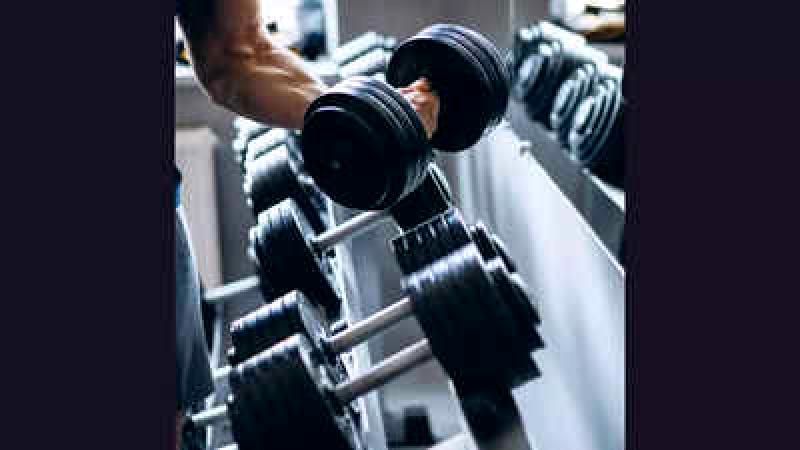
In the Kannada film industry, women struggle to assert themselves off-screen despite being celebrated as 'sheroes' on screen. While their performances, costumes, and appearance are admired on screen, women behind the scenes face challenges, including inadequate facilities like washrooms on film sets. Pay disparity is also a prevalent issue. Although there has been an increase in the number of women working in various roles on film sets over the past decade, the industry infrastructure and norms largely cater to men, leading to a lack of inclusivity. Women face everyday sexism in their roles, with some choosing to adapt to the system for hopes of a better future while others opt to work independently.
One area where women encounter challenges is in the makeup industry, where male dominance is apparent. Makeup artists often face discrimination and lower pay rates when working through male-dominated associations. Despite demand for female makeup artists by lead actresses, they are still required to work alongside male counterparts assigned by associations, leading to uncomfortable and unequal working dynamics for women in the industry.Actresses like Vydurya Lokesh and makeup artistes are often only considered for smaller projects, according to a screenplay writer. When pitching a script to producers, the first question they ask is whether it is a women-centric film, reinforcing the stereotype that women are limited to low-budget or non-commercial projects. Producers even suggest adding a male director's name to a project to attract audiences, indicating a lack of belief in a woman's ability to draw crowds. Gender bias is also evident in payment practices, with clients preferring to pay male assistants over female professionals. These experiences highlight the need for systemic changes in the industry, as described by screenwriter and associate director Manasa Sharma. Basic needs, such as access to facilities during shoots, are often overlooked for women professionals like stylists, who are perceived as "demanding" for requesting such necessities. Despite some actresses having the power to advocate for their team, many choose not to rock the boat, leaving others to silently endure such challenges in the industry.It is crucial to have an increase in the number of female voices speaking up, as pointed out by voiceover artist Sparsha RK. The inequality is evident, starting with the limited dialogues given to women in films. This results in fewer opportunities for female dubbing artists compared to male counterparts. The lack of women-centric films leads to a scarcity of work for female artists. Additionally, there is a noticeable absence of solo songs featuring women singers, with most songs being duets or 'item songs'. The call to action is clear: we need more women's voices represented on screen.











